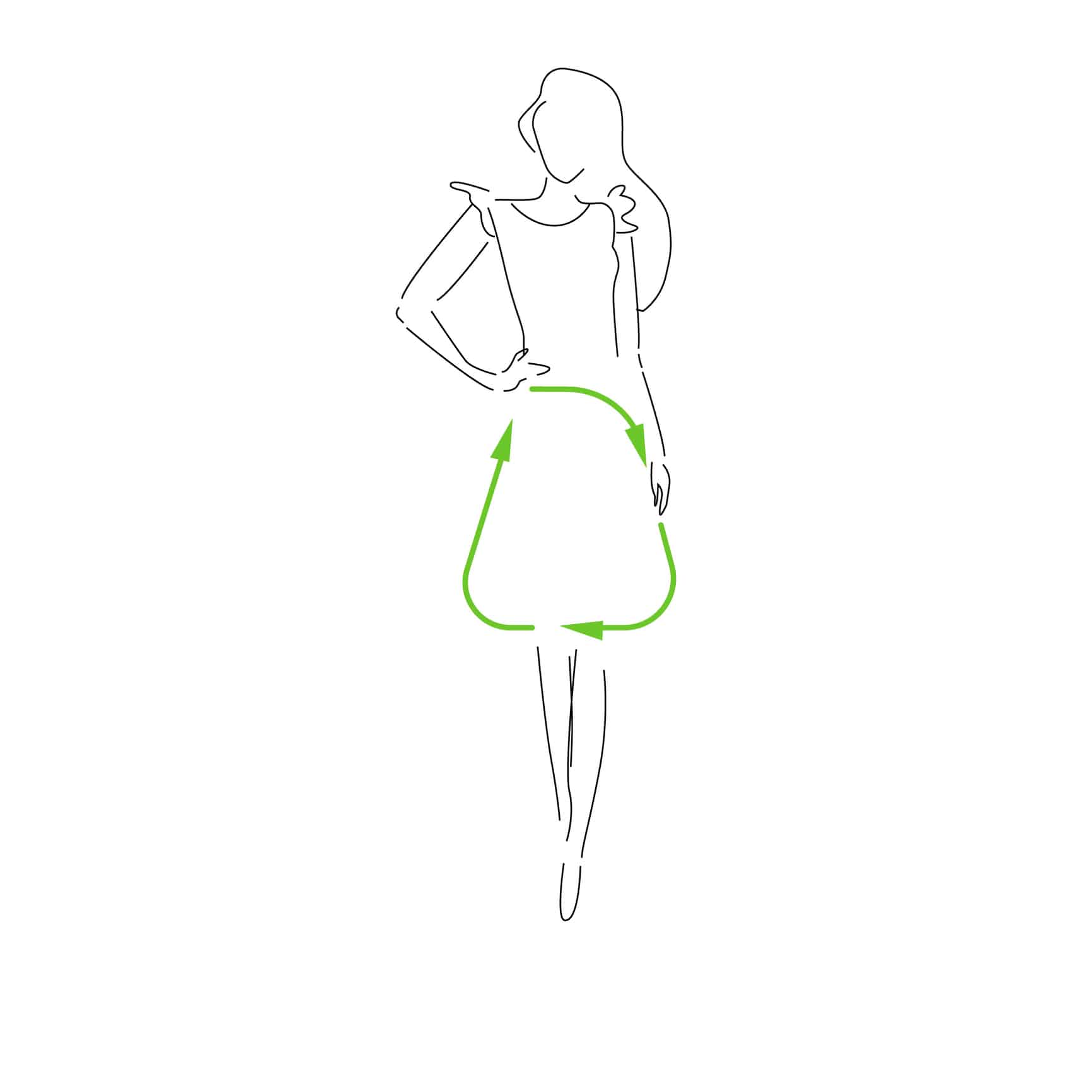In the 21st century, textile and fashion consumption in the world has increased radically as a result of several factors such as the growth in world population, overall upgrading of living standards, and the rapid growth of the fast-fashion. The increased consumption has generated textile waste in both post-consumer and pre-consumer stages. The present-day customer though is more knowledgeable about this waste and tries to take steps to preserve the environment. This awareness and responsible attitude toward the environment has driven the textile industry to start taking action. The textile industry has several new methods which are helping environmental sustainability, which are recycling, reducing, reusing, and circularity.
Recycling is divided into post-consumer recycled products and pre-consumer textile products. Pre-consumer products are the materials that were removed or cast off before getting prepared for consumer usage. Post-Consumer Textile products are the textile waste produced at many levels after usage of the finished product by the end consumer. They could be any clothing or household article that has been thrown away or not in use for any reason, like being worn out, damaged, or outgrown.
The majority of this leftover comes at an everyday level; hence its managing is an issue as industrial waste is easy to manage compared to everyday waste. Post-consumer textile product management can be done in a few ways successfully, and by doing that, the usage of our resources can be minimised. The main methods used for handling textile waste are Reuse, Recycling, and Reclaimed fibres and fabrics. The most commonly used method is recycling in the industry, and the ways of doing that are discussed here.
The post-consumer recycled polyester is formed by recycling the used polyester resources. This process recycles plastic bottles, used clothing, and other polyester materials which have been collected from waste or landfills. The thermoplastic behaviour of the polyester materials lets the polyester melt and reform the filaments for manufacturing yarn types for textile applications. The main advantage of this is it reduces landfilling. It is an attractive way to find value in leftovers and encourages constructive recycling behaviours. At the same time, in post-consumer recycling, the process of transforming used plastic into apparel materials works as one way to help minimise the tones of plastic that find themselves in our oceans every year as sea pollutants. Though there is ongoing research on the impact this has on the rise in microplastic pollution.
Nylon products are similar to polyester products in some performance as both are derived from petroleum products as man-made textile fibres.

Same as polyester above, recycled nylon is also usually made from pre-consumer fabric waste, and it also comes from post-consumer materials such as industrial fishing nets. But recycling nylon is a little bit complicated because of the polymer chain differences from the polyester, so few leading manufacturers do post-consumer nylon recycling compared to post-consumer polyester recycling.
The post-consumer cotton recycling process is collecting the waste garments made out of cotton, taking the cotton part out, and recycling them into textile fibres and fabrics again. Cotton is a natural fibre type, and it has imperfections in the virgin version too. Due to this reason, the process is highly labour sensitive. The final output has problems such as uneven appearance and dyeing difficulties, and sometimes manufacturers need to combine recycled cotton with virgin cotton to make fashion products out of them.

The limitations of post-consumer recycling fall into a few areas. The first constraint is the feasibility of thermoplastics recycling. The recycled products are costlier than the virgin product due to the extra effort and processing cost. At the same time, there are additional issues associated with variations in the quantity of materials availability and the quality of materials compared with virgin textile bases. When processing the dyeing and finishing of textile products, there will be problems achieving colour and other technical parameters via recycled products when compared to virgin versions of the product. On the other hand, a lack of information about the availability of recycled materials also discourages using recycled material. Finally, even with the above-mentioned difficulties, fashion brands motivate customers to move toward post-consumer recycling through various projects considering the sustainable benefits it is giving nature.
| Cookie | Duration | Description |
|---|---|---|
| cookielawinfo-checbox-analytics | 11 months | This cookie is set by GDPR Cookie Consent plugin. The cookie is used to store the user consent for the cookies in the category "Analytics". |
| cookielawinfo-checbox-functional | 11 months | The cookie is set by GDPR cookie consent to record the user consent for the cookies in the category "Functional". |
| cookielawinfo-checbox-others | 11 months | This cookie is set by GDPR Cookie Consent plugin. The cookie is used to store the user consent for the cookies in the category "Other. |
| cookielawinfo-checkbox-necessary | 11 months | This cookie is set by GDPR Cookie Consent plugin. The cookies is used to store the user consent for the cookies in the category "Necessary". |
| cookielawinfo-checkbox-performance | 11 months | This cookie is set by GDPR Cookie Consent plugin. The cookie is used to store the user consent for the cookies in the category "Performance". |
| viewed_cookie_policy | 11 months | The cookie is set by the GDPR Cookie Consent plugin and is used to store whether or not user has consented to the use of cookies. It does not store any personal data. |
Create your free account and begin your sustainability journey.

